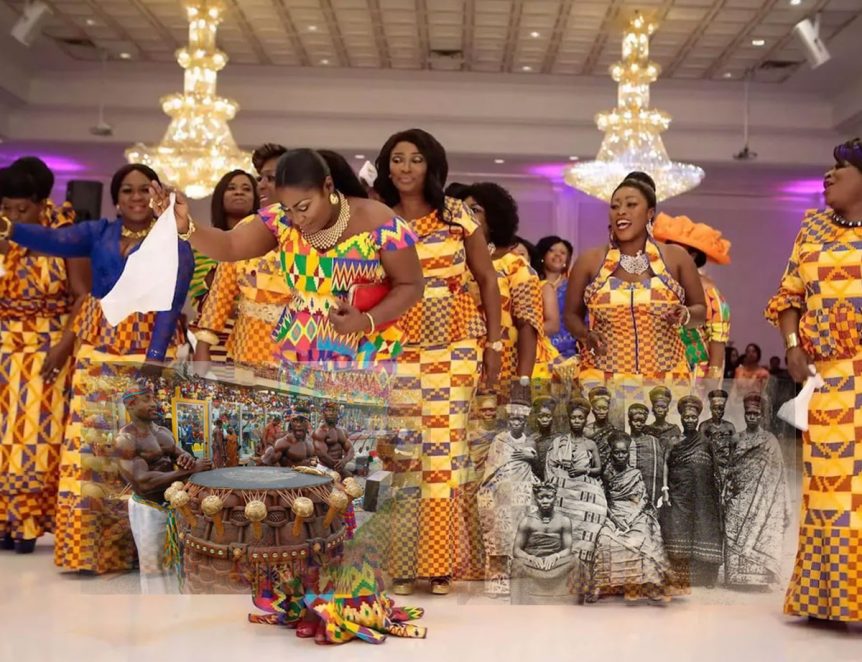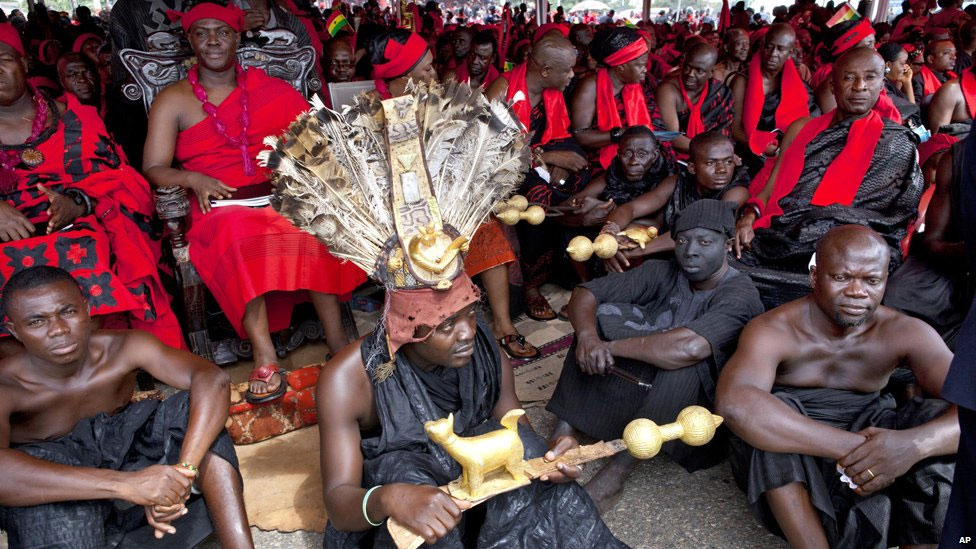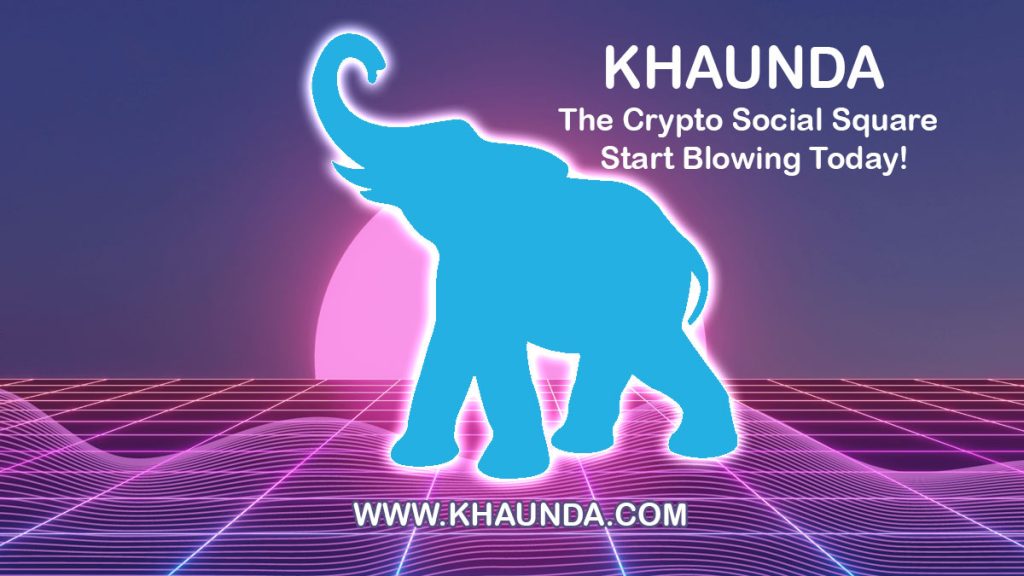By James C. Frasure III – InnerKwest
The history books rarely give reference to the captured Africans that vigorously fought back, but there was one group the slave masters wish they had left in Africa, meet the Akan people.
The Akan are a meta-ethnicity living in the southern regions of present-day Ghana and Ivory Coast in West Africa. The Akan language (also known as Twi/Fante) is a group of dialects within the Central Tano branch of the Potou–Tano subfamily of the Niger–Congo family. Subgroups of the Akan people include: the Agona, Akuapem, Akwamu, Akyem, Ashanti, Bono, Fante, Kwahu, Wassa, and Sefwi, these are also the names of the localized dialects.
Akan culture can also be found in the Americas, where a number of their descendants were taken as captives. Roughly ten percent of all slave ships that embarked from the Gold Coast contained Akan people. Despite gold being the primary source of wealth in Akan economy, the capture and sale of Akan people peaked during the Fante and Ashanti conflicts, resulting in a high number of military captives known as “Coromantee”, being sold into slavery. These Coromantee soldiers and other Akan captives were notorious for various slave revolts and plantation resistance tactics. Their legacy is evident within groups such as the Maroons of the Caribbean and South America.
Akan Polity
The Akans consider themselves one nation. Akan means first, foremost, indicating the enlightened and civilized. While traditionally matrilineal, they are also united philosophically through 12 patrilineal spirit groups called the Ntoro or egya-bosom. Within the Akan nation are branches based on many dialects, widest and possibly the oldest one being used is Twi. Each branch subsequently holds a collection of states and stemming from city-states. The state or Aman are typically ruled by several kings known as Ahemfo. The state is the basic unit of Akan polity. Several states and city-states can band together to form a confederacy or an empire regardless of clan or abusua they belong to, while those outsides of the Akan tribe or the abusua were usually conquered or annexed via war or mutual agreement. For example, the Guan state of Larteh and the Akyem state of Akropong joined together to form the Akwapim Kingdom to avoid the Akwamu, who the Guan deemed as oppressive. Under the State there are Divisions and under these Divisions are towns and villages. Read More
History
From the 15th century to the 19th century, the Akan people dominated gold mining and trading in the region; throughout this period they were among the most powerful groups in Africa.The Akan goldfields, according to Peter Bakewell, were the “highly auriferous area in the forest country between the Komoe and Volta rivers.” The Akan goldfield was one of three principal goldfields in the region, along with the Bambuk goldfield, and the Bure goldfield.
This wealth in gold attracted European traders. Initially, the Europeans were Portuguese, soon joined by the Dutch and the British in their quest for Akan gold. The Akan waged war on neighboring states in their geographic area to capture people and sell them as slaves to Europeans (Portuguese) who subsequently sold the enslaved people along with guns to the Akan in exchange for Akan gold. Akan gold was also used to purchase slaves from further up north via the Trans-Saharan route. The Akan purchased slaves to help clear the dense forests within Ashanti.About a third of the population of many Akan states were indentured servants (i.e. Non-Akan peoples). The Akan went from buyers of slaves to selling slaves as the dynamics in the Gold Coast and the New World changed. Thus, the Akan people played a role in supplying Europeans with indentured servants, who were later enslaved for the trans-Atlantic slave trade. In 2006 Ghana apologized to the descendants of slaves for the role the Ashantis had played in the slave trade.

Cast brass weights used to measure precise amounts of gold dust. Weights in this system were developed in the seventeenth century. These weights are from the nineteenth century.
Akan people, especially the Ashanti people, fought against European colonialists and defeated them on several occasions to maintain autonomy. This occurred during the Anglo-Ashanti wars: the War of the Golden Stool and other similar battles. By the early 1900s, Ghana was a colony or protectorate of Great Britain, while the lands in the Ivory Coast were under the French. On 6 March 1957, following the decolonization from Great Britain under the leadership of Kwame Nkrumah, the Gold Coast was united with British Togoland and the Northern Region, Upper East Region, and Upper West Region of the Gold Coast to form Ghana. Ivory Coast gained independence on August 7, 1960.
Elements of Akan culture can generally be seen in many geographic areas. Specific elements of Akan culture are especially seen in neighbouring African peoples and some Central African populations. Akan culture has also been historically important in the New World, where Akan names are or were common, for example among the Coromantins of Jamaica, South and North America, Barbados, and the descendants of the Akwamu in St. John. Kofi, the leader of the 1763 slave revolt and violent revolt against the Dutch people in Guyana was an Akan.![]()





